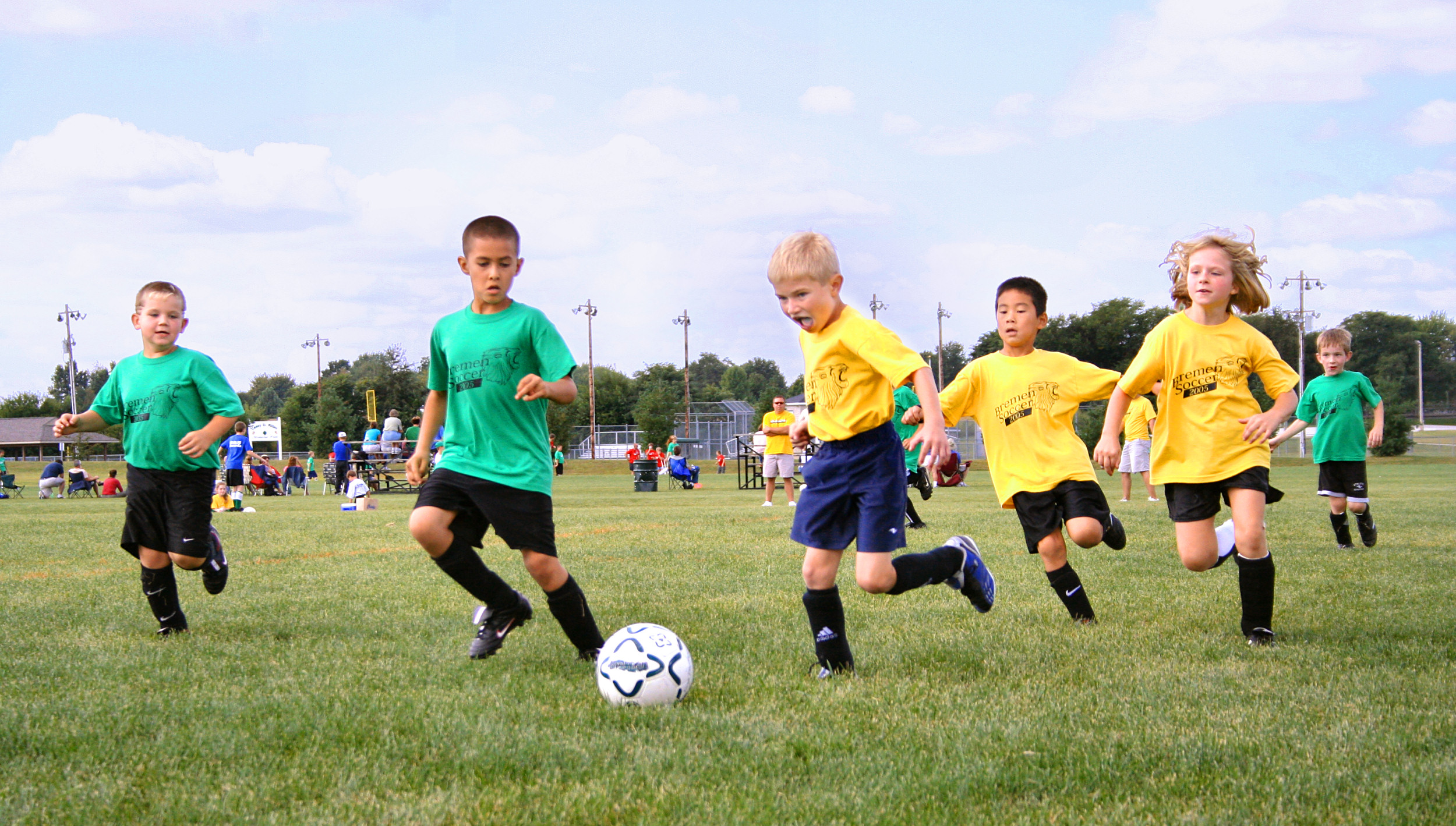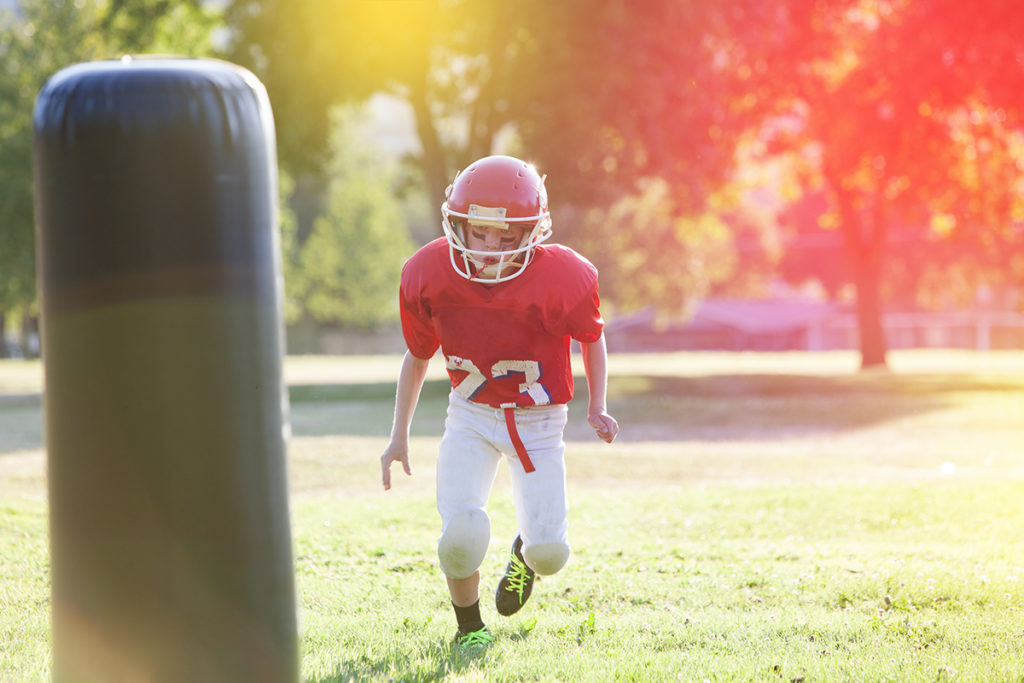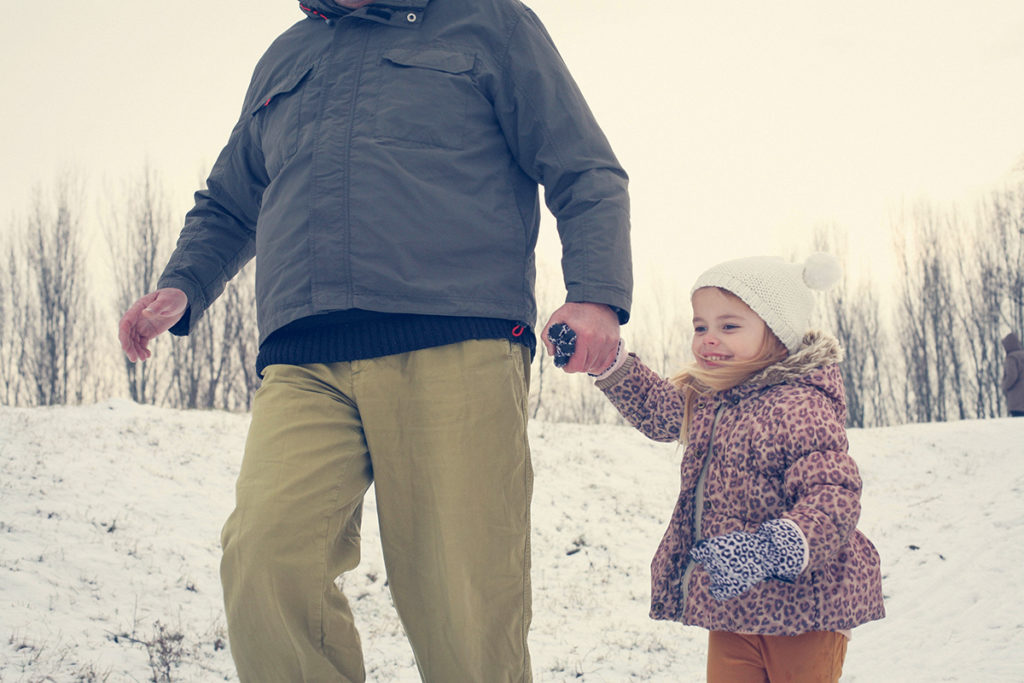As back to school activities are underway it’s a good time to think about how to prevent or detect an injury such as concussion during sports or on the playground.
Concussion is the most common type of traumatic brain injury; about 4 million concussions occur each year in the United States. Approximately 1 million occur in children, and about 30,000 will result in long-term disabilities.
A concussion is sustained every 21 seconds in the United States from work-related injuries, falls, car accidents, sports and recreation activities, bicycle accidents, and roughhousing, so it’s important to recognize the symptoms so it can be properly treated. It is also critical to teach young athletes that it’s vital that they take care of themselves.
Concussions can be tricky to diagnose because symptoms vary with each individual. Symptoms can last for just seconds or linger. And sometimes symptoms don’t appear for days or weeks following the injury.
There is often a visible cut, bruise or bump on the head so you know to watch for symptoms of concussion, but sometimes there is no visible evidence of trauma to the head because trauma to the brain has happened internally, not externally.
A concussion is most often caused by a direct blow or bump to the head, but it’s important to understand even an injury such as whiplash, which causes the head to move rapidly back and forth, can damage the brain.
This is because the brain is made of soft tissue. This delicate tissue is cushioned in spinal fluid and encased in the skull which is made of hard tissue or bone. When the head is forced to move rapidly back and forth, the impact can jolt the brain, literally causing it to move around within the skull. If the brain slams into the skull, it can cause brain bruising, damage to the blood vessels, and injury to the nerves.
When the brain is injured from concussion it doesn’t function normally. There are many symptoms for concussion including loss of vision or equilibrium, behavior changes, and even unconsciousness.
Concussions often occur in young children because their brains are disproportionately large compared to the rest of their body. And as they become adolescents they experience rapid height and weight gain, which also makes them more susceptible to accidents and injury.
Common physical, mental, and emotional symptoms from concussion:
- Feeling dazed
- Clumsiness
- Slurred speech
- Nausea
- Vomiting
- Headache
- Balance problems
- Dizziness
- Blurred vision
- Sensitivity to light
- Sensitivity to noise
- Sluggishness
- Ringing in ears
- Behavior changes
- Personality changes
- Difficulty concentrating
- Memory loss
If you suspect a concussion, call your physician immediately. Do not give any medications, including aspirin, which may cause bleeding, to a child without consulting a doctor. Once diagnosed, an adult should closely monitor children for the first 24 hours, especially young children who often cannot fully articulate how they feel.
To find a doctor or schedule an appointment visit Steward DoctorFinder™ or call 1-800-488-5959.
To find a doctor or schedule an appointment, visit Steward DoctorFinder™.




